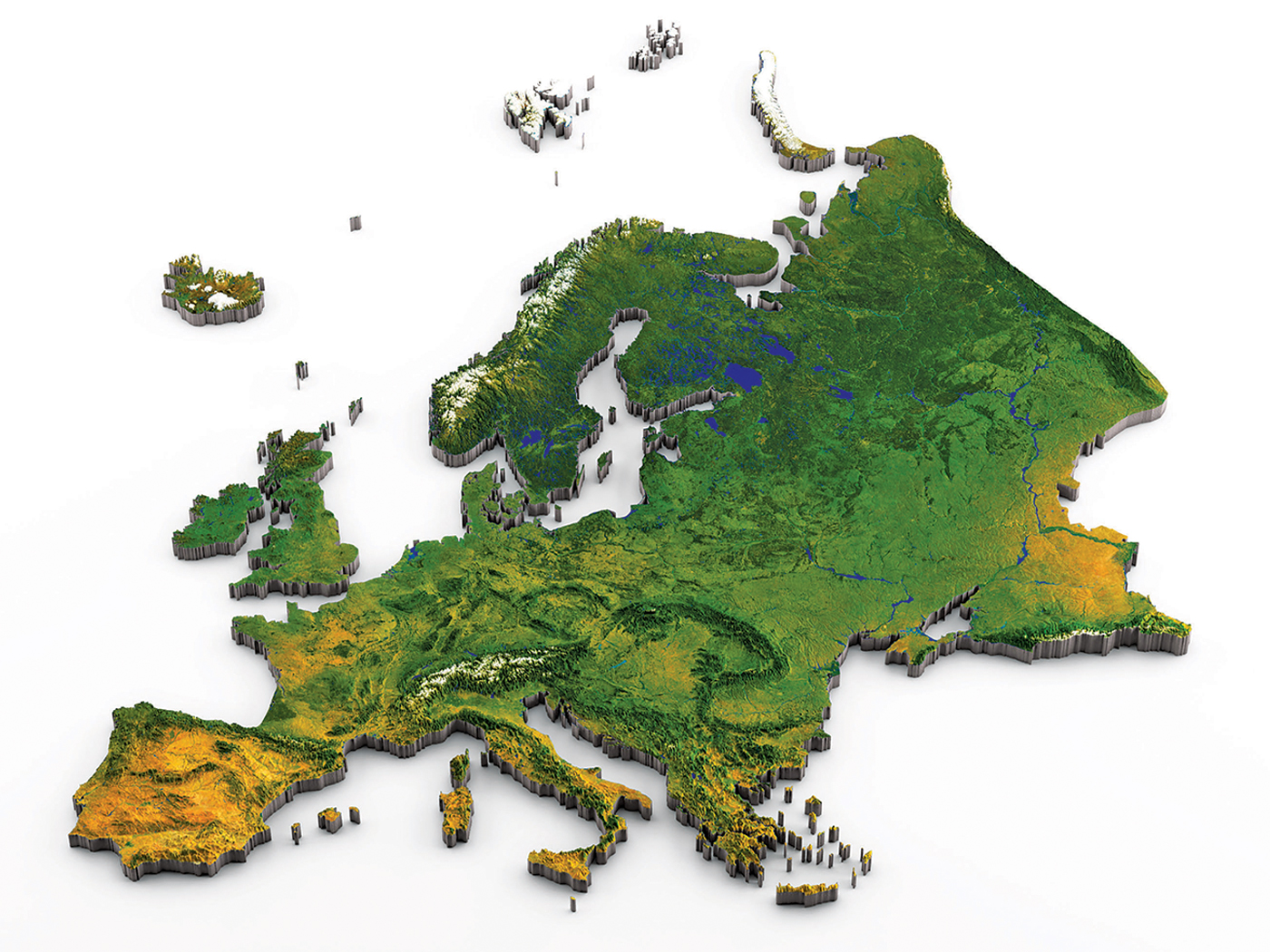"Remember now thy Creator in the days of thy youth, while the evil days come not, nor the years draw nigh, when thou shalt say, I have no pleasure in them" (Ecclesiasties 12:1).
Humans don't seem very satisfied. There is always something else they feel they need. Where are they trying to get to? On the other hand, most apes are quite content. If I were to apply some home-spun logic to the theory of evolution, then I would logically have to believe that apes evolved from man.
If evolution means that a species changes to improve itself, it seems more logical that humans would grow hair to keep warm, reduce their diet to the most nutritious foods, eliminate high mortgages by adapting to the outdoors, and do away with money, complex governments, saying what you don't mean, war, stress, traffic congestion, and genocide (which occurs when you let other members of your species needlessly starve). Apes have accomplished all this.
Apes, by evolving from man, have "created" a more workable and more sane life-style. If the ultimate aim in a more advanced society is for peace and equity, then those who evolved into the ape species have certainly surpassed their forbears of the human species.
Pass me a banana. I want to be an ape.
Real Science Is Not Arbitrary
Life—according to evolutionists—began when different chemicals, under the right circumstances, came together and formed a more complex unit which eventually developed into an organism.
It took millions of years for life to begin because the right kinds of chemicals, initially, didn't know they were right for each other until, under some arbitrary, chance circumstances, they finally met and made a match. Then, it required millions of more years for organisms to co-mingle and become transformed into complex creatures.
The key factor in the theory of evolution is that the right elements came together under arbitrary circumstances. It would have to be that way, because if the elements were to be put together in a planned, or predestined, or systematic way, there would need to be a force directing them. The life forms that resulted would, then, have been "created."
Charles Darwin advanced the theory of evolution by natural selection in 1859. As it was gaining wide acceptance in the scientific community in the 1920s, noted scientist Sir William Cecil Dampier wrote:
The fundamental concepts of physical science, it is now understood, are abstractions, framed by our mind, so as to bring order to an apparent chaos of phenomena.
In other words, some scientists believed it was valid to use an abstract as theory to provide a simple answer to something that they could not otherwise observe and called it "evolution science." Yet, what is true science? Is it merely theory, or is it demonstrated fact? Is it arbitrary and unpredictable, or specific and systematic? In true science, a theory may be the basis for inquiry and study; but until it is "proven up," it is only speculation. It is not scientific to guess at conclusions.
In addition, whatever has been determined to be scientific fact always turns out to be part of an elaborate pattern. When you take a closer look at fact-based science, it is very systematic.
Science looks at the way something is. Research may have to discover how it is. But once a discovery is made—for instance, the speed of light—it becomes a scientific fact because it repeats itself in exactly the same way. Scientific facts are consistent and predictable—from the simplest to the most complex.
Two plus two is four; and two times two is four. It is absolute, conclusive, and unalterable. The way you do a certain calculation, whether basic math or complex algebra, is the way it will always be done, and it will always produce the same result. Physics. Chemistry. Electricity. Radio waves. Plant life. Animal life. The physical and life sciences are all very precise and systematic sciences. Each follows a specific pattern. There are basic forms of each, as well as scientific combinations. For example, you can "mate" an orange and a tangerine because they are from the same family. But you cannot mix apples and oranges, even though they are both fruits. Nor is there any logic or proof that an apple evolved from an orange, or an orange from an apple. Likewise, monkeys and humans may have many similar physical features and social behaviors, but that seems to be a rather thin link to conclude that humans are the offspring of monkeys.
Furthermore, for anything to be considered scientifically true, it has to be something that can be duplicated. If evolution were true, wouldn't scientists be able to recreate the sequence of change that transformed monkeys into humans?
Instead, scientists in the 1950s discovered that each organic species—both plant and animal—has a specific, complex code for its species. It is called DNA which are complex segments of information in a cell that determine what kind of a plant or animal something is. The DNA signature is unique for every species, plus every creature has a DNA pattern which is unique for it. In other words, "Joe" has a DNA code for the human species, as well as a DNA pattern unique to him.
More importantly, that DNA pattern has to be in a specific sequence for each species. In humans, there are three billion bits (called nucleotides) of information which fall into a very precise DNA sequence.
And this DNA sequence cannot, and does not, rearrange itself to create something new. DNA does not have the independent capacity to add nucleotides at will. Once a given program is established, it remains fixed in its basic sequence.
So in terms of pure science, "evolution science" appears to be a contradiction—an oxymoron. Evolution is unpredictable and arbitrary, while science is systematic—based on a preexisting system. And in a broader sense, it does not seem the universe could have created itself arbitrarily and still be completely, totally, and in every regard, systematic.
More Questions Than Answers
Evolution faces additional problems besides not fitting into the standard definition of science. Despite the extensive research in this field, it has to be acknowledged that some 130 years after the theory was proposed, there are still more questions than answers.
The Darwin concept of evolution was chiefly based on a cause-and-effect scenario: creatures changed and developed because of the necessity to adapt to new surroundings.
In this century, various paleontologists have discovered bone fragments of skeletons which they claim are extinct creatures that are the "missing links" between apes and man, thus supposedly proving evolution, and proving that today's humans are better adapted than these other creatures of a bygone era.
But what supporting evidence do we really have? Why are we so quick to believe that a one-of-a-kind, hunch-backed skeleton 400,000 years old is suddenly the "missing link"? A few years after this discovery, some different fossils—supposedly one million years old—were found in another part of the world and were called the "missing link." Is there a link between these two links? And where are all of the other missing links? Where is the chain of evidence that shows how the unique parts of creatures evolved? How did the eye develop? How did we get a heart, stomach, other organs, teeth, hearing, smell, nerves, muscles, bones, and skin all in one nice, neat package?
And a sperm meets an egg, we get another creature, almost as easily as using the Xerox. For that matter, how did the distinction of male and female genders occur?
How does evolution explain an unattractive, slithering caterpillar going into a chrysalis and emerging as one of nature's most delicately beautiful creatures—a butterfly?
But the most basic and difficult question of all is: How did inorganic material make the transition to organic, living cells? In fact, this was one of the first questions raised about evolution theory. But the proponents of evolution past and present avoid it. I. L. Cohen points out in his book, Darwin Was Wrong—A Study in Probabilities: "The idea that life sprang spontaneously from dead inorganic matter was quietly set aside, under-emphasized, and virtually forgotten."
With so many pertinent questions, and such weak science in the limited answers offered, at best, evolution seems to end up being a jigsaw puzzle with a significant number of pieces missing. Looking closely at the issues surrounding evolution, it seems perplexing that so many scientists still cling to and advocate it, even to the point of endorsing it as factual truth in science textbooks.
The conclusion of I. L. Cohen is that "the constant repetition of a speculation did, unfortunately, extend it an aura of unwarranted credibility, which, in turn, embedded itself into our collective minds as established fact."
Conclusion
Are evolutionists disingenuous? In the beginning, the proponents of evolution theory asked that society become broad-minded to allow the free expression of their minority point-of-view. But now that Darwinists represent the majority viewpoint, they have become narrow-minded, forcing the exclusion in the free marketplace of ideas of differing opinions.
In the most democratic of places—public schools—evolution has been elevated to a scientific gospel, and other concepts are no longer presented because they are heretical. But other ideas need to be given a forum. Indoctrination in only one viewpoint demeans true science. Let's be more fairminded.
* Mr. Estrin has an M.A. in Journalism and has worked 25 years in the news media.




















